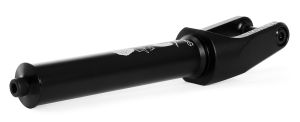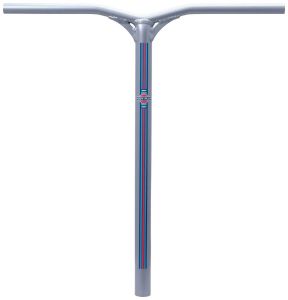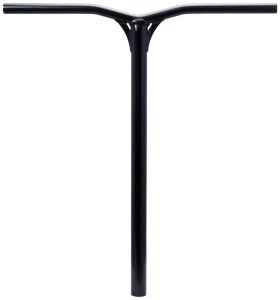Fitting instructions
WARNING
For use in non-motorized recreational sports such as pedal cycling, skateboarding, scootering and roller skating . It is important that the helmet fits your head properly and that it is correctly buckled. While no helmet can prevent all head injuries, use of a helmet, taking lessons, riding responsibly and within your abilities, and common sense, can together significantly reduce the risk of head injury.
This helmet is designed to absorb shock by partial destruction of the energy absorbing liner. This damage may not be visible to the user. Therefore, if subjected to a severe impact or blow, the helmet should be destroyed and replaced even if it appears undamaged. A helmet can only provide a level of protection for areas that it covers.
FITTING INSTRUCTIONS
To attain maximum protection and comfort, choose the correct helmet size. It should sit firmly without pressing or chafing. It is important that the helmet can neither ride up your forehead nor be pushed down over your eyes.
PLEASE CONSIDER THE FOLLOWING GUIDELINES FOR A PROPER FIT OF THE HELMET
- Put on the helmet in a manner so that it sits straight on your head and covers your forehead, without blocking your vision. The helmet should fit comfortably; so that it holds onto your head as you move it front and back, as well as side-to-side.
- The comfort pads inside the helmet should exert firm, even, but comfortable pressure against your head. The helmet fits well if the pads are in contact with all sides of your head around the helmets interior. A helmet that fits well also fits comfortably without being too tight.
- When you are satisfied with the fit, tighten the chin strap so it fits snug and make sure the buckle locks securely and that the straps do not slip. If your straps aren’t adjusted right, your helmet won’t stay on properly.
- It should not be possible to remove the helmet without opening the chin strap. If you can roll the helmet off in front or back, or roll it so it blocks your vision or exposes your forehead, it does not fit correctly and should be re-adjusted.

CARE
Do not expose your helmet to impact or external force during transport. Store it in a dry place away from any source of heat like a hot radiator or sunshine through a car window. Clean your helmet with a damp cloth and perhaps a little mild liquid soap. Do not use strong detergent or solvents. Decal, glue etc. may reduce durability.
Helmets have a limited life span in use and should be replaced after three years of use. Damage that may reduce your helmet’s protective qualities can be invisible and difficult to detect. Replace the helmet if there is any sign or suspicion of damage.
CERTIFICATION
EN 1078




